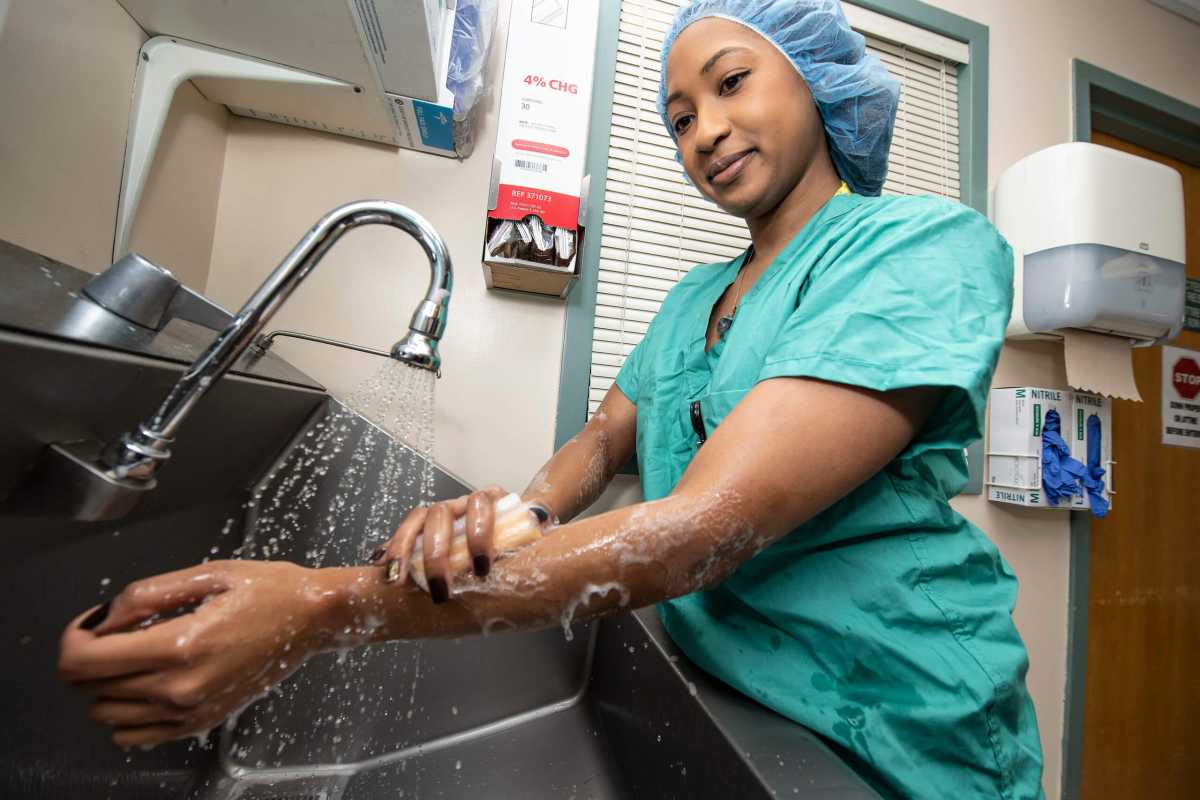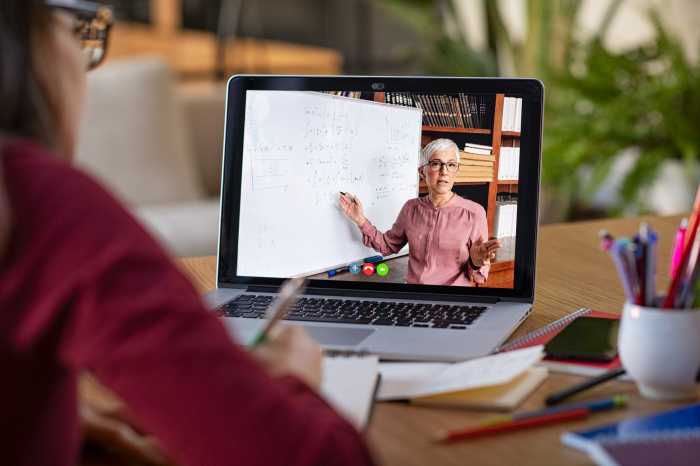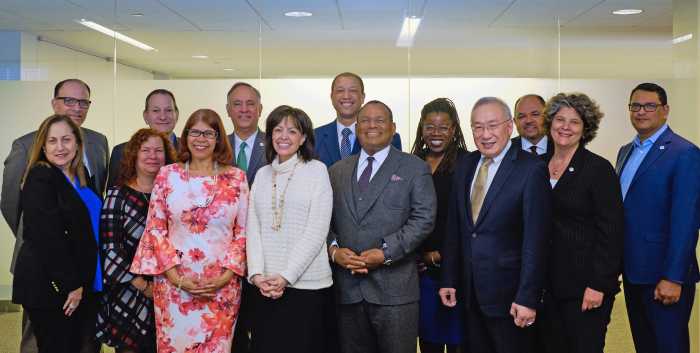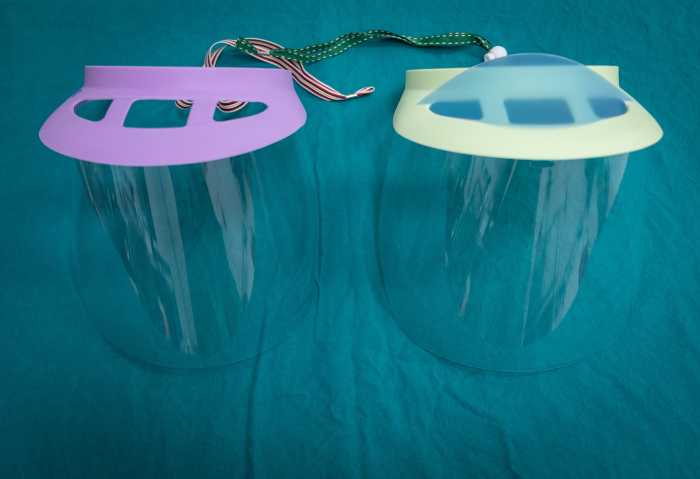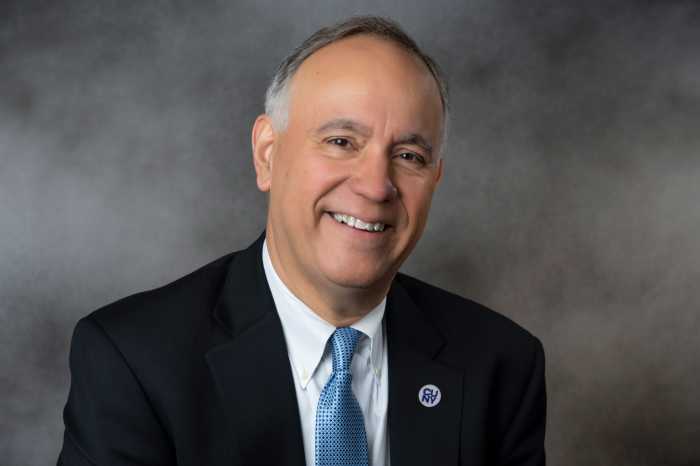by Félix V. Matos Rodríguez
New Yorkers are understandably worried not only about the next few months but the years ahead. Even as we finally see rays of hope in the vaccines that could eventually vanquish the coronavirus, many envision a long and uncertain recovery for the city. But while there is no doubt we face daunting challenges, one thing I am confident about is the role CUNY will play in the city’s recovery and renewal.
This is a conviction born of the belief I have in our community of more than 300,000 students, faculty, and staff as an engine of economic strength for the city—and of the pride I have in the impact of our cutting-edge research institutes, graduate programs, and professional schools. The expertise of our faculty and high quality of our graduate and professional-school students are part of the lifeblood of the city, and that has never been truer than during this unfathomably hard year.
The CUNY Graduate School of Public Health and Health Policy has made important contributions to the battle against COVID-19. CUNY SPH faculty, students, and alumni have led and participated in national studies, surveys of city residents, and projects to increase vaccine confidence.
Partnering with the Barcelona Institute for Global Health and other international institutions, the school has helped public health officials and other decision-makers track trends in the pandemic and identify and correct weaknesses in their responses. Several CUNY SPH experts, meanwhile, have been influential voices in the media, contributing much-needed trustworthy, science-based information and guidance.
Scientists on CUNY campuses have been hard at work on a range of research projects in the battle against COVID-19. Among the most notable, with national impact, is research at Queens College that developed a process for monitoring the level of coronavirus in New York City sewage to assess its true prevalence, help identify new outbreaks before testing does and guide health officials’ response.
Apart from the pandemic, CUNY’s expertise and creativity continue to help drive innovation in fields of importance to New York. At the Graduate Center — one of the city’s great incubators of ideas and research in the public interest — the Center for Urban Research’s census “hard to count” map is nationally acclaimed as an indispensable tool helping civil rights groups, foundations, and local governments target communities with low response rates for the 2020 Census. It’s an especially critical innovation in a year when the coronavirus made a fair and accurate count even harder than usual in New York and across the country.
Meanwhile, faculty researchers across CUNY are making the University a leader in developing climate-change solutions for urban and coastal environments, and in growing New York’s green economy. This year we launched a Climate Crisis Research Grant program to tap the vast expertise of our faculty and encourage collaboration across disciplines and between campuses. With our strong ties to city and state agencies and our integration with neighborhoods throughout the city, CUNY is uniquely positioned to inform the local response to the undeniable threats of this global problem. Among the 21 teams selected for funding is a group of environmental engineers who invented a method for turning evaporation into energy. Another group is using flood sensors in the Rockaways to develop strategies for the city’s coastal neighborhoods to adapt to rising seas. Another team will study the effects of a warming climate on the health of older New Yorkers with cardiovascular and pulmonary conditions.
CUNY’s professional schools, meanwhile, are deeply committed to the service of the city and its communities. Students in the CUNY School of Medicine—one of the nation’s most diverse medical schools—joined the coronavirus response at the onset of the crisis, providing patient support at St. Barnabas Hospital in the Bronx, video conferencing with families of patients in the ICU, and staffing the COVID-19 test center at Staten Island University Hospital. While medical schools across the U.S. struggle to enroll students of color, more than half of the CUNY School of Medicine’s students are Black or Hispanic. We’re very proud of the school’s mission of improving primary health care in urban and underserved communities.
Similarly, the CUNY School of Law is the country’s most diverse (53 percent of its students are people of color and 26 percent identify as LGBQT+) and ranks as the top public-interest law school, with 59 percent of graduates working in that area, more than three times the national average. The benefit to the city is real: The law school operates a dozen clinics that address critical legal needs—everything from health justice to workers’ rights. The clinics tap the expertise of faculty and put law students to work representing clients and staffing advocacy projects. Law school faculty and students also work with CUNY Citizenship Now!, the nation’s largest university legal assistance program providing free citizenship and immigration law services since 1997.
Students and faculty at the Craig Newmark Graduate School of Journalism are employing a range of digital techniques to report on New York’s battle with the coronavirus. They’re part of the future of journalism at a time when fact-based reporting has never been more important. The Newmark school and its centers — the Tow-Knight Center for Entrepreneurial Journalism, the Center for Community Media, and the McGraw Center for Business Journalism — form an important hub for creating a sustainable future for high quality, high impact
journalism.
For its part, the School of Labor and Urban Studies has been a leader in adult and worker education for nearly 35 years, while the award-wining CUNY School of Professional Studies is a national leader in online learning, a role that has been of vital importance to the University in the age of COVID.
These are just a few examples of CUNY’s strengths, its commitment to New York—and why I’m optimistic the University will help drive a robust comeback from COVID-19.
Félix V. Matos Rodríguez is the chancellor of The City University of New York (CUNY), the largest urban public university system in the United States.



